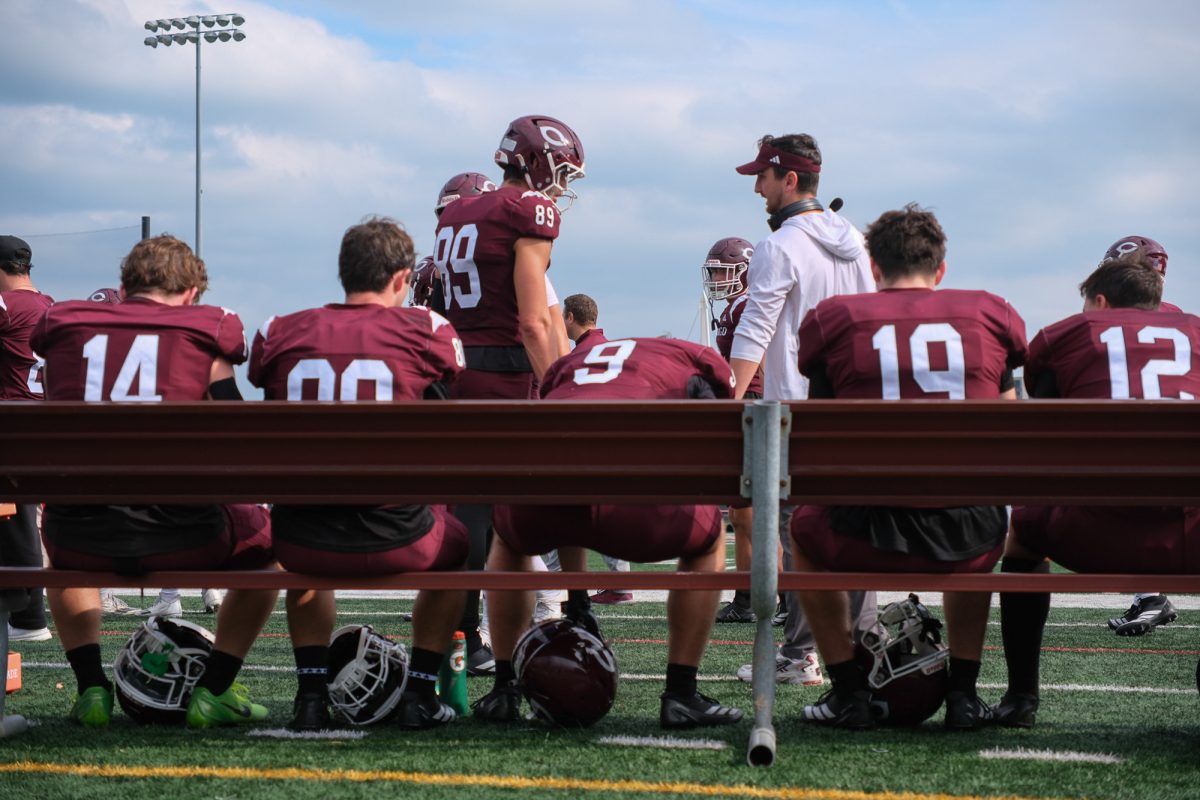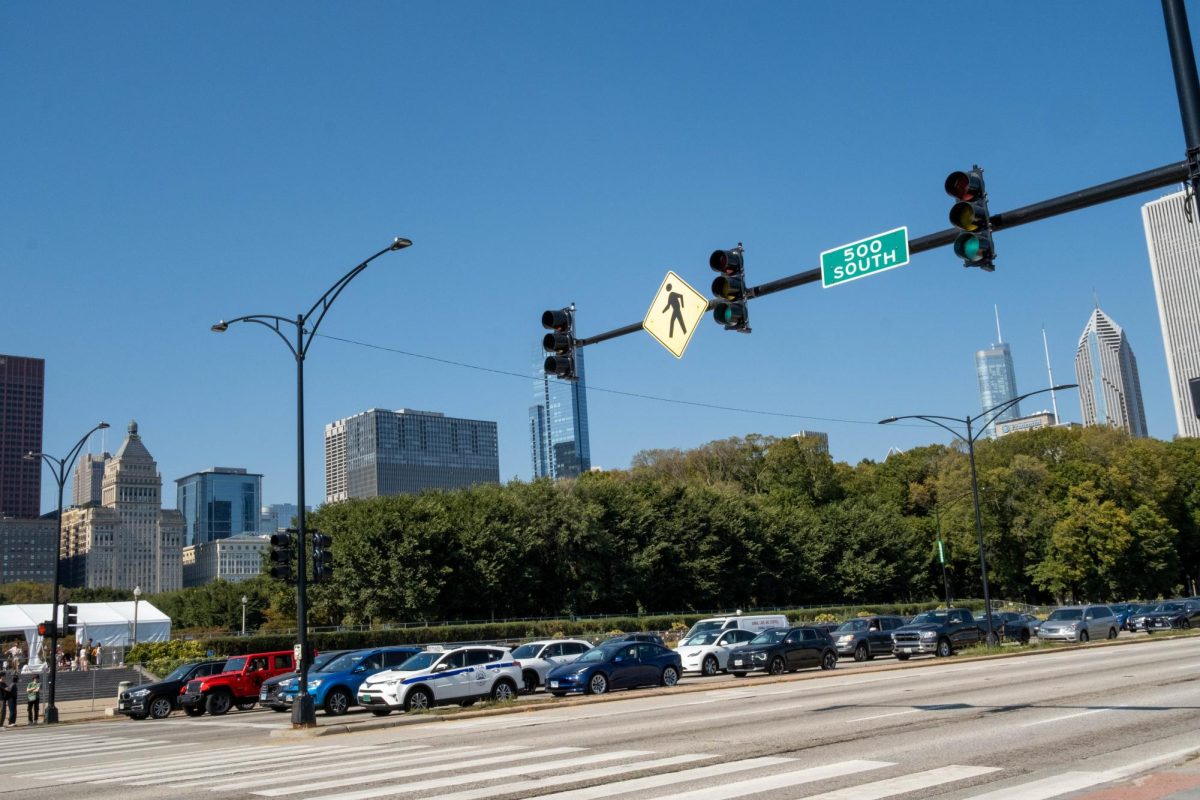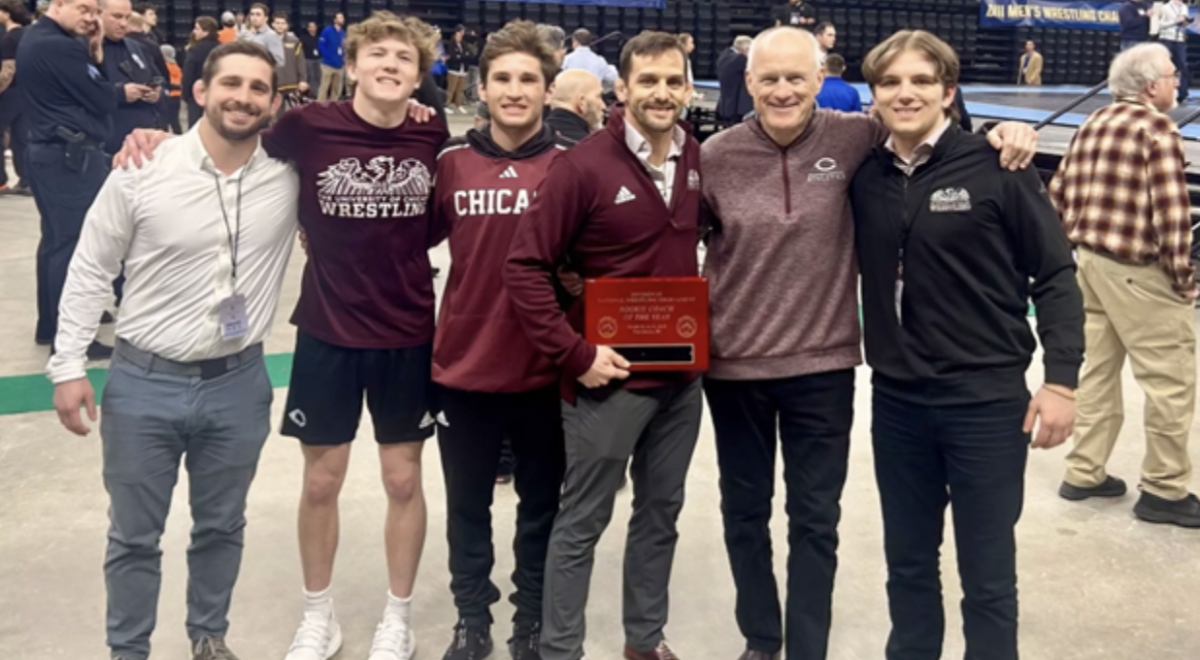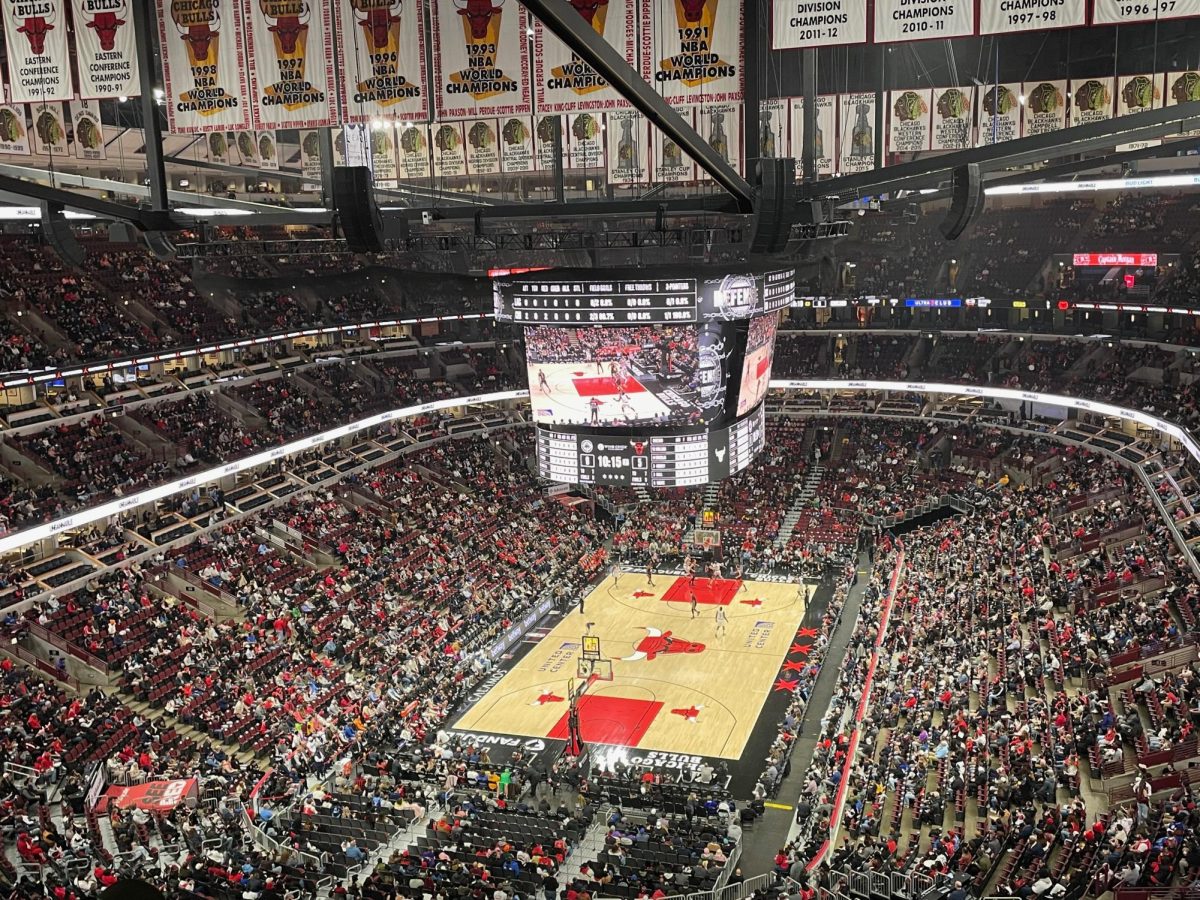We may no longer be in the Big Ten. And perhaps we aren’t on that list of teams that’s perennially challenging for the DI national championship in some sport or another. But that doesn’t mean the Maroons lack a storied history. In fact, it’s a rich one, in both the distant and the more recent past.
Let’s take it from the beginning. The beginning of what, you may ask? How about the Big Ten Conference. Our Maroons were co-founders back in 1896, along with a list of schools whose athletics remain on the national stage to this day.
Chicago was a force in the Midwest during the 40 years that Amos Alonzo Stagg coached the football squad (1892–1932). Yes, that’s the same Stagg whose name adorns the trophy awarded to the winner of the Big Ten each year in football, and our very own football field on campus. Stagg led the Maroons to six Big Ten championships (seven if you count the 1922 shared title with Iowa and Michigan).
And Stagg’s victories extended beyond his time—the Statue of Liberty play that Boise State used to win the 2007 Fiesta Bowl was partially Stagg’s creation, while coaching here in 1908.
The coaching, of course, wasn’t the only exciting element to early 1900s Maroon sports. The players possessed certifiable, DI-level talent, too—which helped Stagg and other coaches look good. One crucial chess piece of his was Jay Berwanger.
Berwanger was the first recipient of the Heisman Trophy, still awarded each year to the best player in college football. The halfback was given the honor in 1935, when it was called the Downtown Athletic Club Trophy. The next year, they renamed it the Heisman, and that name stuck. For those who doubt that the Maroons could ever reign supreme on the gridiron, Berwanger’s Heisman trophy sits in the middle of the Ratner Athletic Center rotunda.
Long before Title IX, female Maroons were putting on a show as well. Between 1898 and 1935, Gertrude Dudley served as director of “physical culture” for women. She organized multiple female teams and crusaded for more women’s sports at the University.
Then, sports seemingly faded into the background. The South Siders left the Big Ten in 1946, after University President Robert Maynard Hutchins decided to eliminate the University’s varsity football team in 1939.
We rejoin the South Siders’ highlight reel in 1987, when the Maroons again helped to charter a sports conference. This time, it was the NCAA DIII University Athletic Association, also known as the UAA.
Chicago has won 50 UAA championships and participated in NCAA tournament play 66 times.
In 2012, the excitement over the women’s basketball team was palpable on campus, as it went undefeated en route to an impressive showing in the NCAA tournament, where the women fell to Calvin College in the Sweet 16.
That same year, the women’s tennis team made it all the way to the national title match, before losing to Williams College. The appearance in the finals was the Maroons’ first in women’s tennis, and the national runner-up trophy was quite a feat.
Last year, two Maroons added the distinction of national champion to their—and the school’s—résumés: Michael Bennett in the pole vault and Abby Erdmann in the 200-yard butterfly.
Other bright spots in recent history include women’s cross country, men’s swimming and diving, and women’s swimming and diving, each of which finished in the top 10 nationally last season.
In addition, women’s track and field, women’s cross country, and volleyball each won the UAA in their respective sports last year.
The athletics department is always changing, too. New athletic director Erin McDermott took office last July. The new athletics website that launched last year is the easiest to navigate of any team in the UAA.
Stagg might never have dreamed that his coaching record would one day be mentioned on the same page as a female athletic director, and that it’d be a pretty commonplace occurrence at that. That’s the thing about the Maroons: Their history is lively and unique, yet keeps on improving, just sometimes on a smaller scale.








